The Top 10 Exits in Sports History
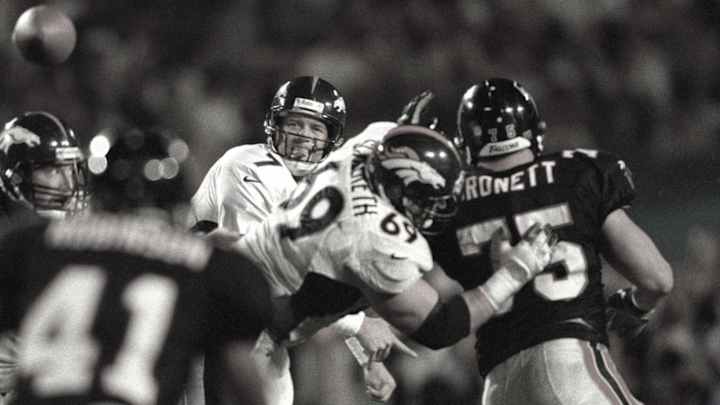
The Top 10 Exits in Sports History
10. Ted Williams, Boston Red Sox, 1960

A cynic could argue that if famed writer John Updike doesn’t show up at Fenway Park for Williams’ final game on Sept. 28, 1960, and pen one of the best sports essays ever, "Hub Fans Bid Kid Adieu,’" then the Splendid Splinter’s home run in his last major league at-bat might be remembered simply as a timely grace note rather than an epic blast to close a memorable and sometimes turbulent career. After a horrid 1959, when his batting average fell below .300 for the only time in his career and he hit just 10 homers, Williams, 42, rebounded for a splendid finale in 1960. He batted .316 and, in only 113 games, belted 29 home runs, good for sixth in the American League.
9. Herb Elliott, track, 1960
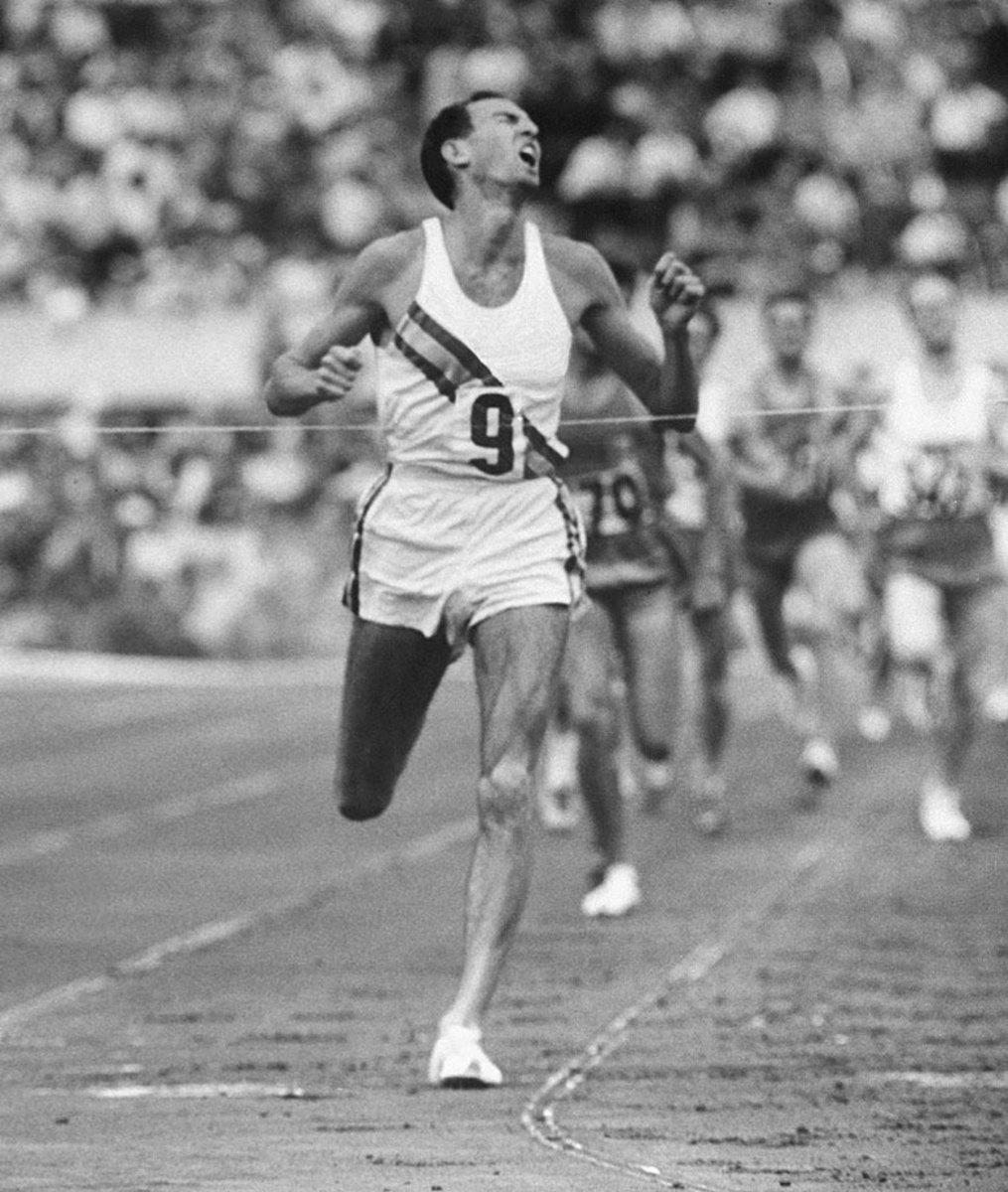
At the 1960 Rome Olympics, Elliott destroyed the competition in the 1,500 by more than 20 meters, breaking his own world record by nearly a half-second in 3:35.6. The record stood for seven years, and his time would have won seven of the next nine Olympic 1,500s. That same September, Elliott ran four sub-four-minute miles throughout Europe to bring his three-year total of sub-4s to 17. Elliott was only 22 and had never lost a 1,500 or mile race -- but he had had enough. He never competed in another national or international competition, limiting himself to low-key club races after he enrolled at Cambridge University in England.
8. John Elway, Denver Broncos, 1998
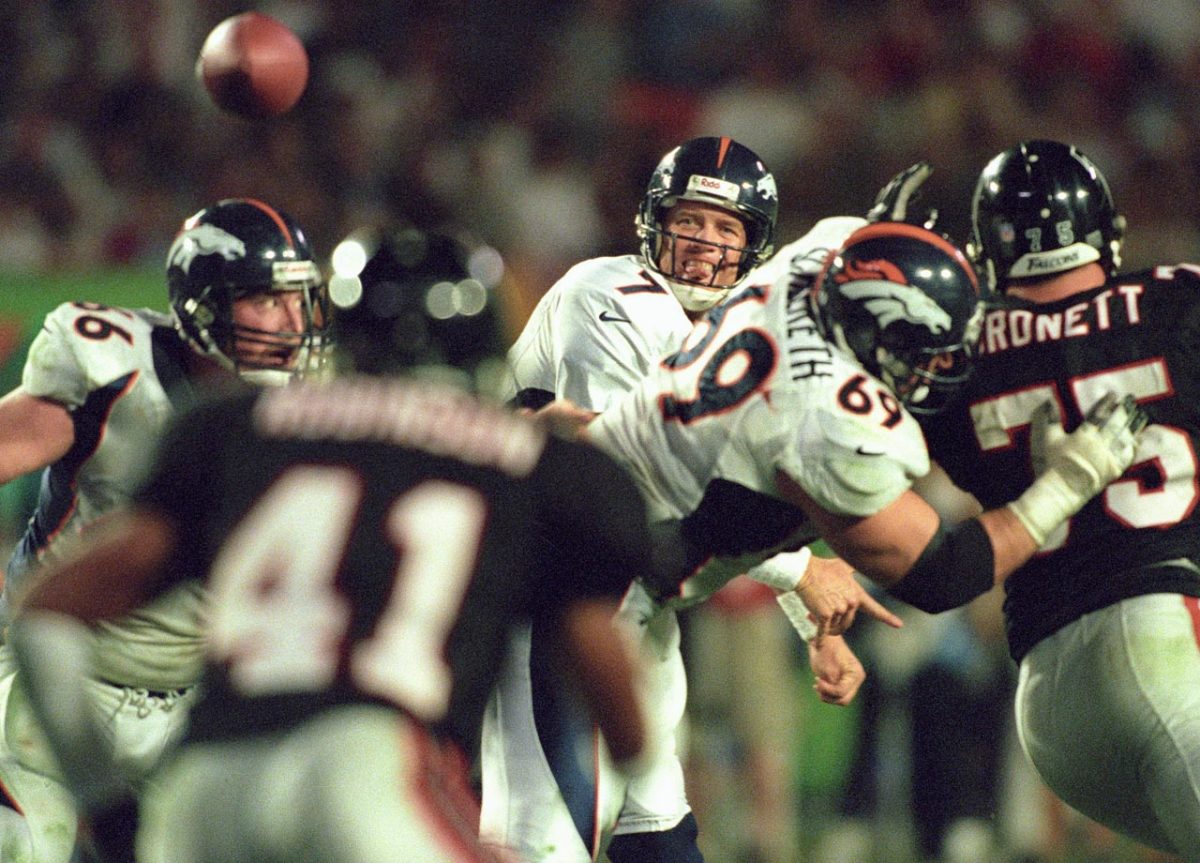
The 1998 NFL season was not Elway’s best. Injuries limited the 38-year-old quarterback to 12 starts and he did not rank in the top three of any NFL passing categories. Elway still threw for nearly 3,000 yards and tossed 22 TD passes. But the future Hall of Famer went out spectacularly in Super Bowl XXXIII, passing for 336 yards, including an 80-yard TD toss to Rod Smith, and scoring Denver’s final touchdown on a 4-yard quarterback draw in a 34-19 defeat of the Atlanta Falcons, the Broncos’ second straight championship. Elway was selected the game’s MVP.
7. Norm Van Brocklin, Philadelphia Eagles, 1960
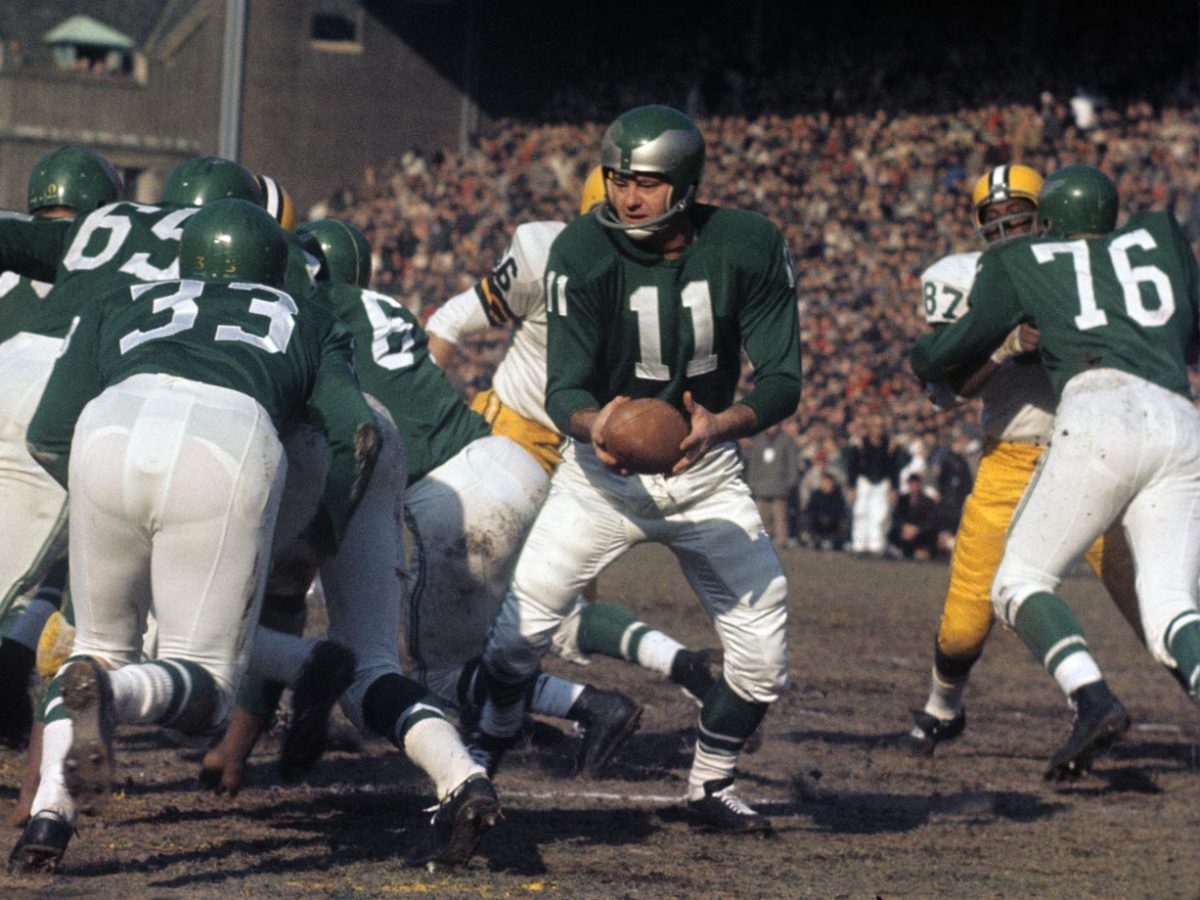
Traded to Philadelphia late in his career, Van Brocklin saved the best for last in 1960, leading the lightly regarded Eagles to the Eastern Conference crown. He finished second in passing yards, touchdown passes and passer rating, and fourth in punting. He was selected the league’s MVP. Van Brocklin, 34, capped his career by guiding the Eagles to the 1960 NFL championship, passing for more than 200 yards and twice coming from behind to top the Green Bay Packers 17-13, the only playoff defeat during Vince Lombardi’s tenure with the Pack.
6. Bill Russell, Boston Celtics, 1969

Before Game 7 of the 1969 NBA Finals against the host Los Angeles Lakers, Russell, who had averaged a team-leading 21 rebounds and five assists during the series, came across a Lakers memo outlining plans for a victory celebration at the Forum. Included was a massive balloon drop at game’s end. Russell informed his team, "There is no way we are losing this game. Those [bleeping] balloons are staying up there" Boston did indeed win, 108-106, becoming the first NBA team to take a Finals Game 7 on the opponent’s court. For Russell, who joked about the Lakers having to "take down those balloons one by one," it was his 11th NBA championship in 13 years. That summer he announced his retirement and left basketball as the greatest winner in North American team sports.
5. Bob Hayes, track, 1964
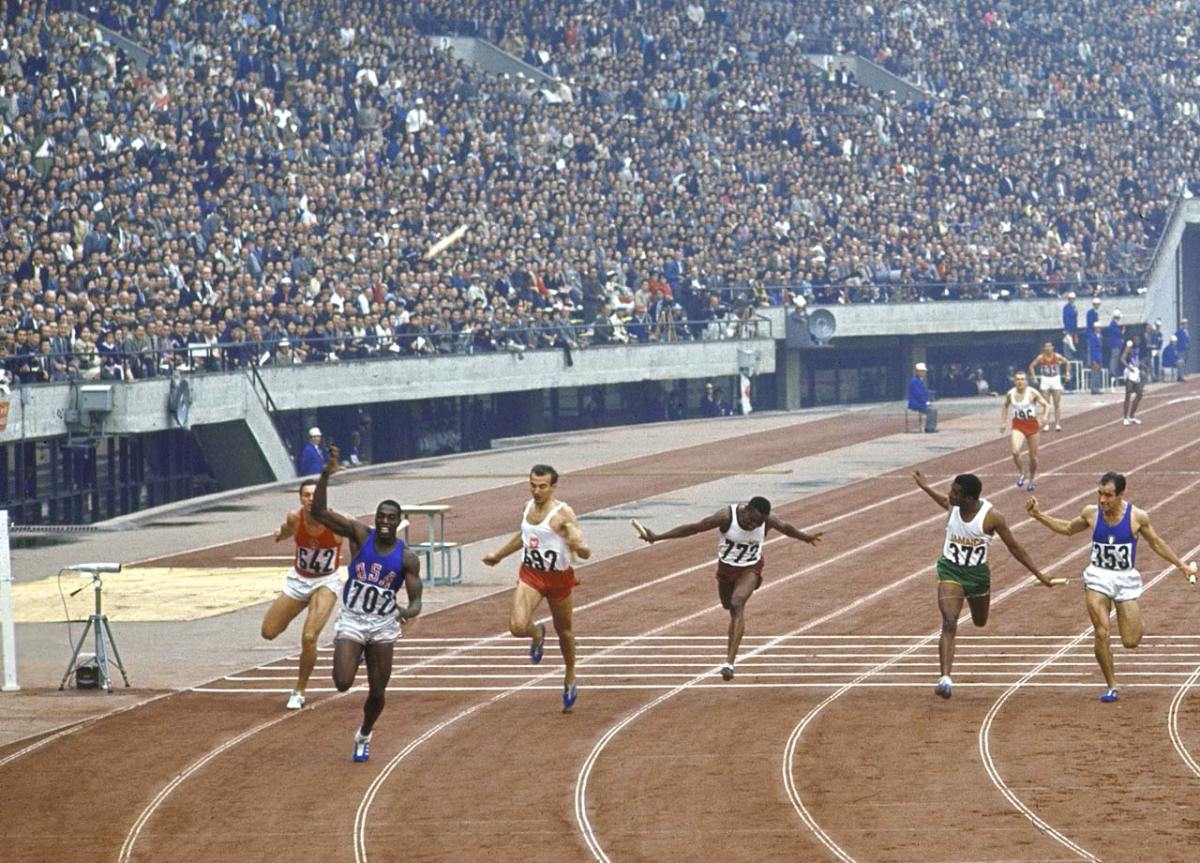
One of history’s greatest sprinters, Hayes erupted at the 1964 Tokyo Olympics. Despite running the 100-meter final on a cinder track’s inside lane, a lane that had been chewed up by the start of the 20-kilometer walk, Hayes pulled away to win by seven feet, a margin Track and Field News described as "almost insulting to an Olympic field." The 4x100-meter relay final was the stuff of legend. Anchoring what amounted to a U.S. "B" team, Hayes received the baton nearly three meters behind the leaders. His acceleration seemed to defy the laws of nature. Within 30 meters Hayes was in front and he finished more than 2 meters ahead in a world record 39.06. His 100 leg was unofficially timed in 8.6.
4. Otto Graham, Cleveland Browns, 1955
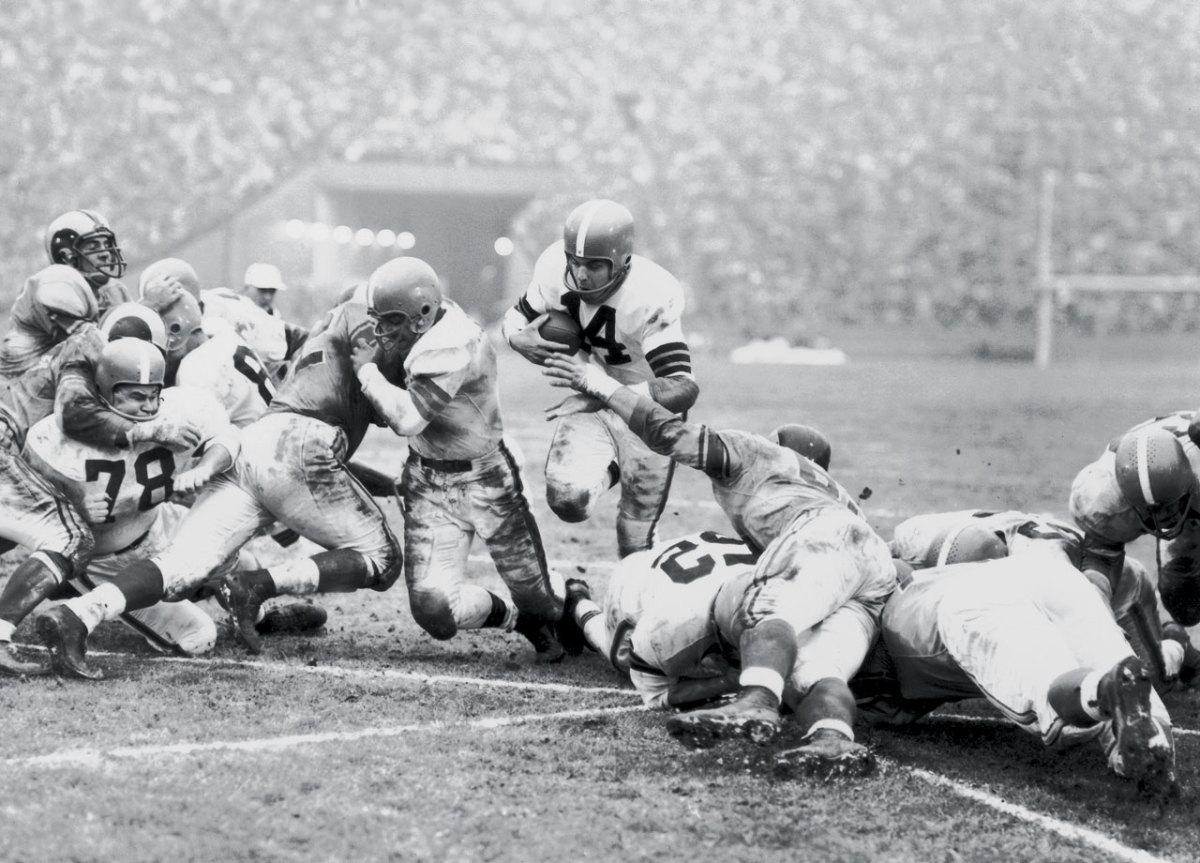
Graham nearly retired after leading the Browns to the ’54 NFL title, but returned for a final hurrah -- and a then-NFL record salary of $25,000. In 1955 he led the league in passing, completion percentage and yards per attempt as the Browns won another Eastern Conference title with a 9-2-1 record. In the ’55 NFL title game against the Los Angeles Rams, Graham, 34, passed for two touchdowns and ran for two more as the Browns coasted to a 38-14 victory. Late in the game, when Graham left the field for the last time, the L.A. Coliseum crowd gave him a standing ovation.
3. Jim Brown, Cleveland Browns, 1965
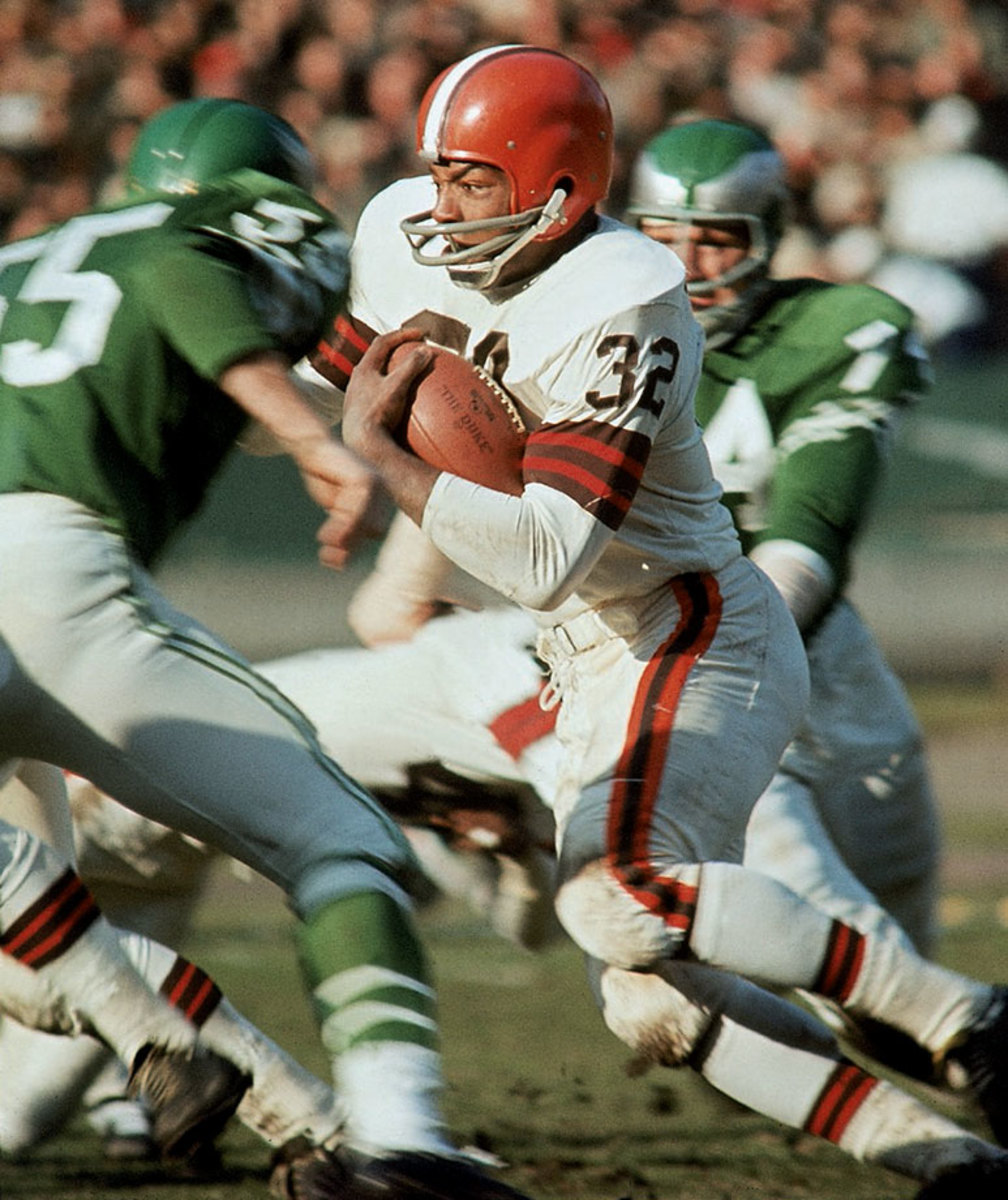
Brown’s final season in 1965 was one of his best. He rushed for 1,544 yards, his second-highest, scored a career-best 21 touchdowns and earned his third MVP award. The Browns repeated as Eastern Conference champions but lost the NFL title game, 23-12, to Green Bay. Brown last put on a uniform in the Pro Bowl, where his record-tying three touchdowns led the East to a 36-7 rout of the West.
2. Sandy Koufax, Los Angeles Dodgers, 1966
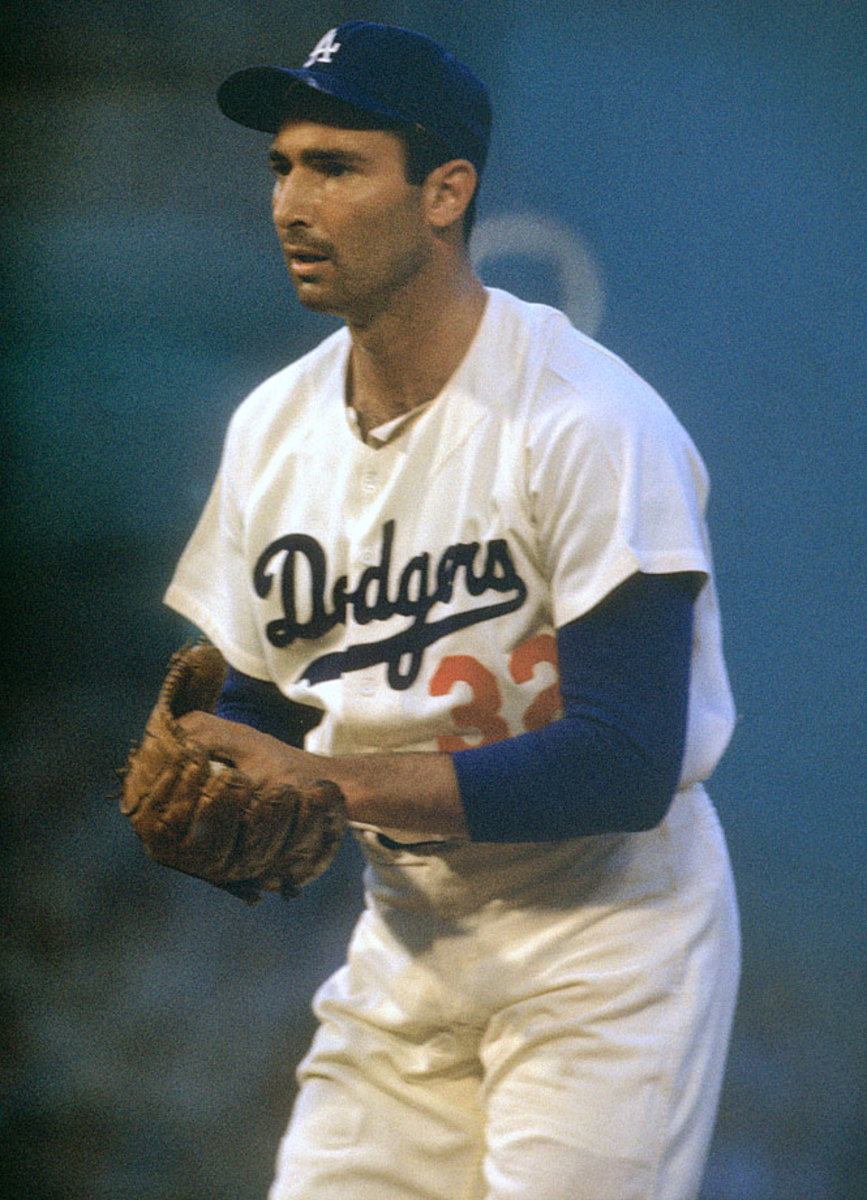
In his final season of 1966, Koufax reached career bests in wins (27) and ERA (1.73) and won his third Cy Young Award. Koufax was outstanding in the final month as the Dodgers held off San Francisco and Pittsburgh. He pitched seven times over the final 30 days, compiling a 5-2 record with a 1.50 ERA. His last start, on only two days’ rest, was a 6-3 victory over Philadelphia and clinched the NL pennant. Koufax’s final outing, Game 2 of the ’66 World Series, ended badly. Although he surrendered only one earned run in six innings, five Dodgers errors helped Baltimore to a 6-0 win and an eventual sweep.
1. Bobby Jones, golf, 1930
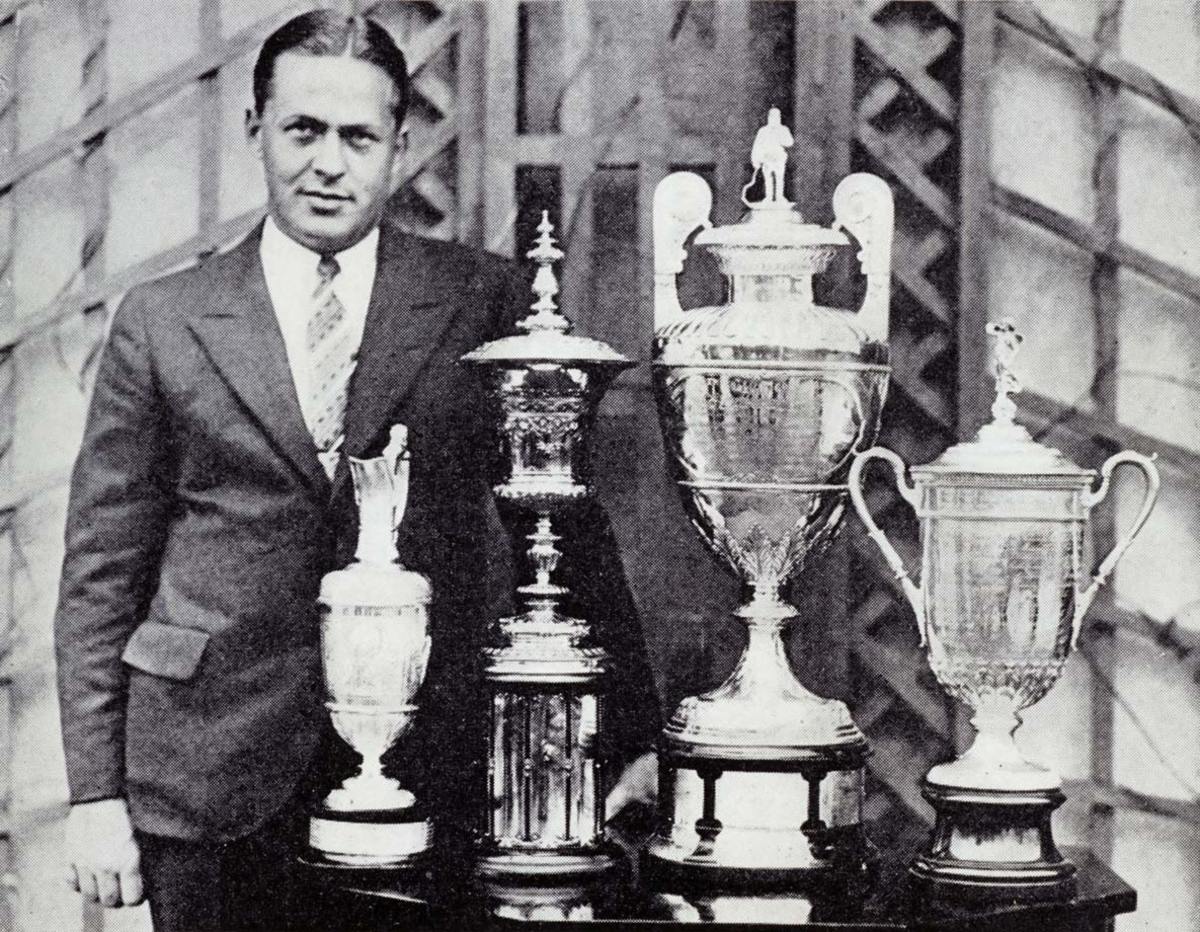
Imagine if in 2017 Rory McIlroy wins the Masters, U.S. Open, British Open and PGA to complete golf’s Grand Slam and then retires at 28. Unthinkable? That’s exactly what Jones did in 1930 after winning what was then golf’s Grand Slam: the U.S. and British Opens, and the U.S. and British Amateurs. Jones, who played in an era when there were nearly as many accomplished amateur golfers as there were pros, usually held his own against any field, winning four U.S. Opens and three British Opens. He won 13 of the 31 majors he entered and finished in the top 10 27 times. He won the first Sullivan Award as the nation’s outstanding amateur athlete.
